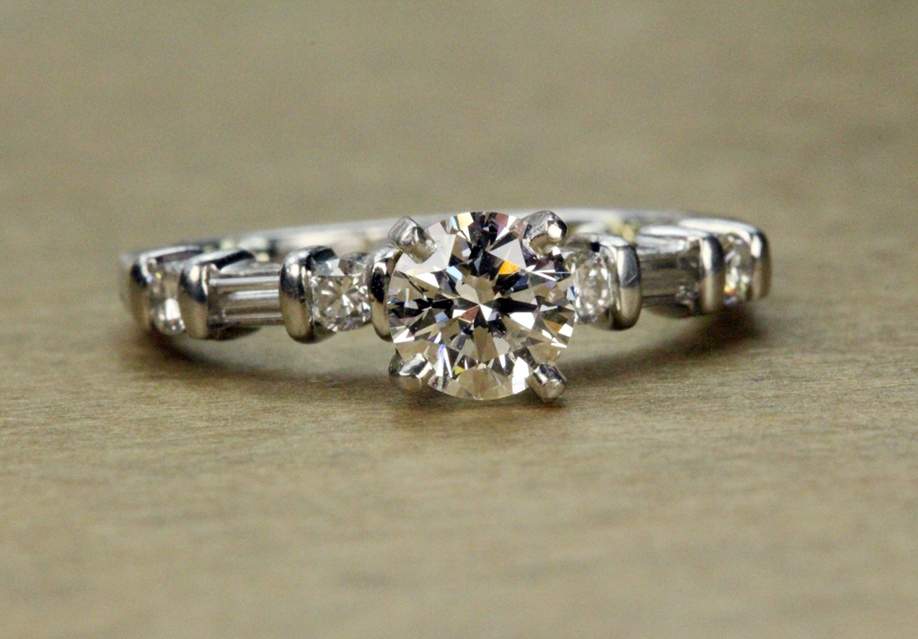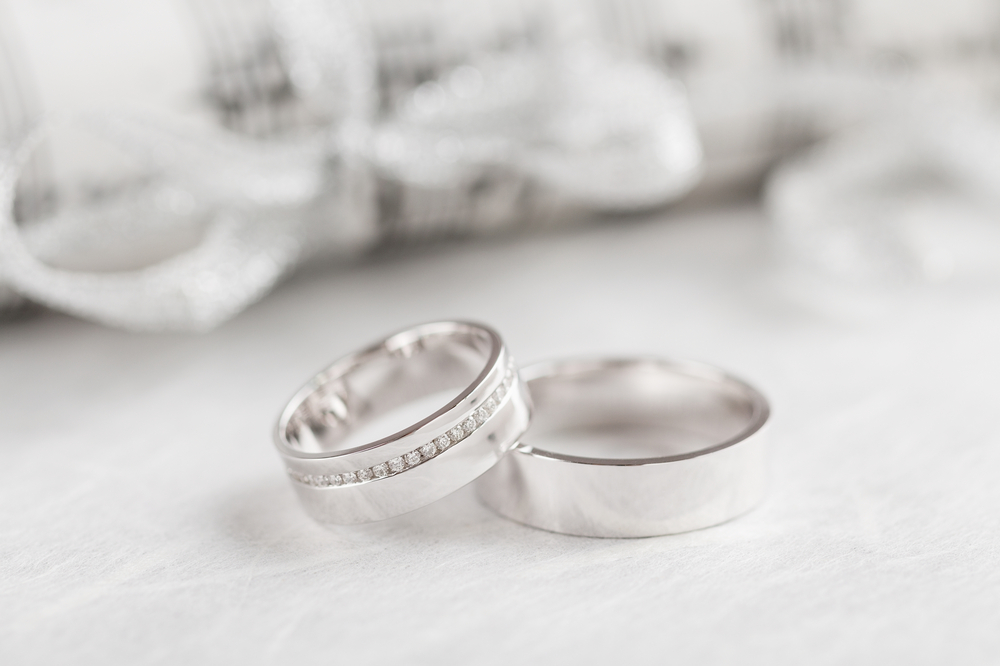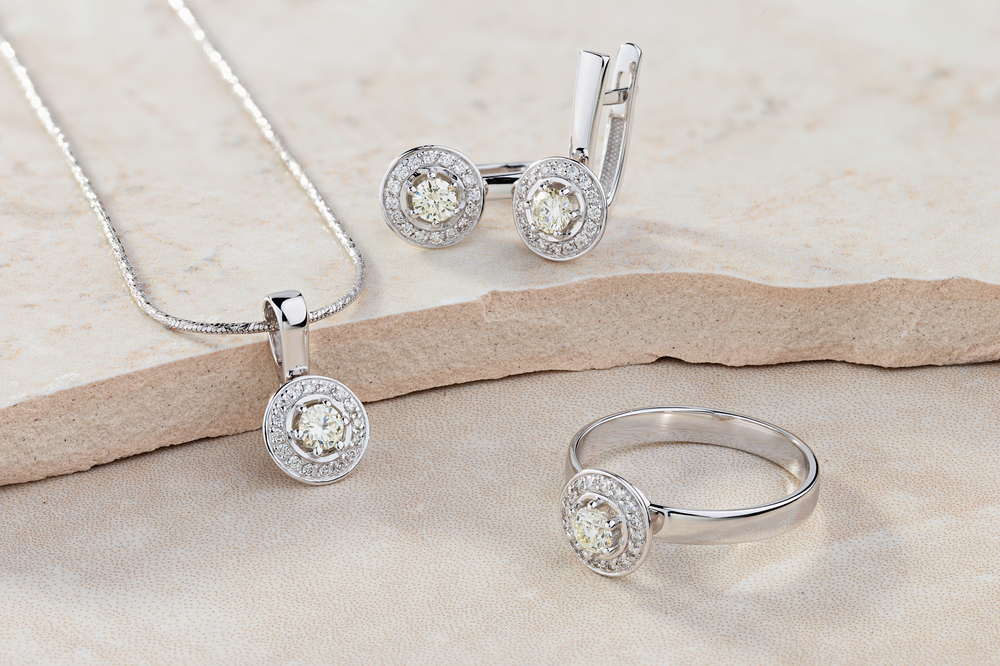Similar to Shakespeare’s famous quote “What’s in a name?”, you should know what a vintage engagement ring would say about your choice. But first off, let’s be precise what a vintage engagement ring is. A vintage ring is one that was originally created/purchased and worn anywhere from 1 day ago to 99 years ago. Because it was previously worn, it is no longer considered “new,” and so it is considered “vintage.” Jewelry that was created 100 years ago or more is also considered “antique.” And this is what it says.
You’ve Broken the Mold
Many vintage rings were handcrafted and created through a long and slow process which demanded an enviable amount of skill and patience. These vintage rings are unique in their craftsmanship and in their design. You won’t find another one like it. These rings are excellent matches for brides who are fond of the old and who like to show off their originality.
You Are Bold & Intense
One of the periods that vintage engagement rings come from if the Art Deco period (1915/1920-1935). Art Deco is all about gemological shapes, hosts of diamonds and bold designs. Art Deco jewelry is part of a much broader movement which took place around WWI. After the Great War ended, the belief in progress was what kept society moving forward. A new woman emerged – one who smoked, played tennis, drove, and danced all night to the sound of jazz. Corsets were abandoned and there was palpable freedom in artistic and fashionable expression. It’s truly hard to miss an Art Deco vintage engagement ring when you come across one.

You Are Feminine & Charismatic
The Retro period lasted from 1935-1950. Retro rings vibrate with a “larger than life” energy. These rings were inspired by the glamour of Hollywood and the express femininity of Hollywood actresses such as Marily Monroe. They feature fluid lines, asymmetry, sculptural dimensions, and a multitude of diamonds.
You Like Old Values
The 1950s mark the beginning of the Modern period for rings. The most prominent vintage ring detail of that period is the use of clean lines, platinum & diamonds, and textural features. The 60s, however, were an age of family values and family traditions. It was around the sixties that the diamond solitaire (especially with fancy cut center stones) became the classic engagement ring.
And let’s not forget what we have already said. The jewelry-making process in the past decades was much more about craftsmanship and devotion. Today’s market is flooded with mass-produced pieces of uniform design patterns barely distinguishable from one another. This is in stark contrast with how jewelry was made decades ago.
You Are Caring & Thoughtful
Vintage engagement rings are a beautiful choice, but some will come with advice to exercise caution and care during the everyday wear. In truth, any and every ring requires some level of caution or at least careful consideration of the design with respect to the fiancée’s lifestyle. Still, some vintage engagement rings (like some modern rings as well) could have a design which would require a more frequent care routine. This would include vintage engagement rings with pearls as center stones, for example, or those with a lot of filigree.
If you are in the market for a vintage engagement ring in San Diego, make sure you stop by our San Diego Avenue showroom. Here at Leo Hamel Fine Jewelers, you will find a vast and carefully curated selection of the finest quality vintage engagement rings. All have been meticulously restored by our master jewelers to appear like new but have a lower price tag than new. Let us help you make a choice that will make you – and your fiancée – happy!


